Gabion walls are the surprisingly chic statement your garden is missing
Forget fences, here’s why gabion walls are trending right now
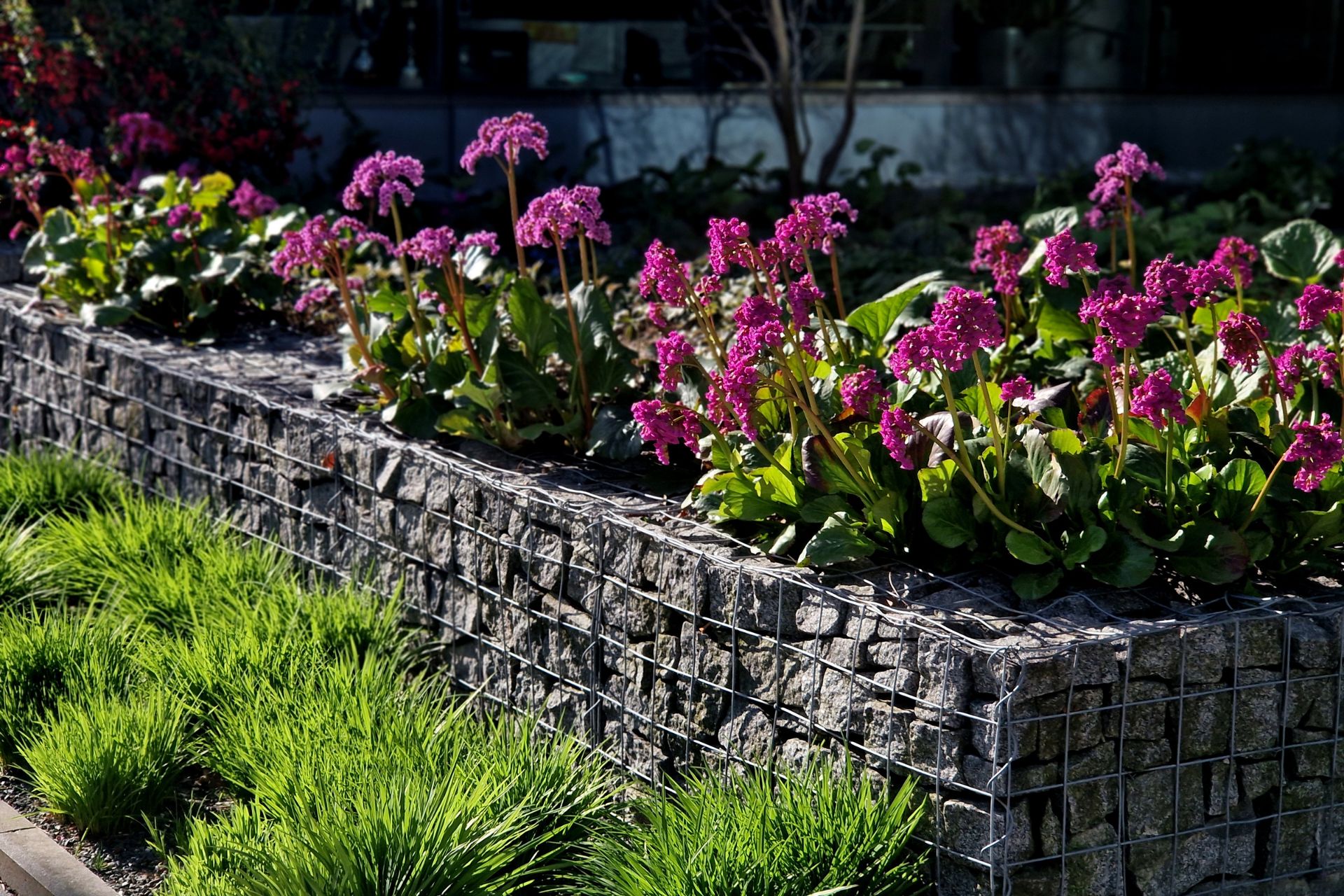

Once upon a time, gabion walls were reserved for motorway embankments and industrial landscaping. After stealing the spotlight at this year’s RHS Chelsea Flower Show, though, these Instagram-worthy structures have had a serious glow-up, with designers using them to add texture, contrast, and a dash of architectural drama to garden spaces.
Honestly? We can see why; whether you're after a stylish boundary wall, a raised bed to lend some gravitas to your vegetable gardening, or a statement backdrop for your most alluring plants, gabion walls are an incredibly versatile garden trend.
Throw in the fact that they’re often more sustainable than traditional fencing or brickwork (especially if you use locally sourced or upcycled fill materials) and you have more than enough reasons to leap upon this gardening bandwagon, quite frankly.
What are gabion walls?
“Gabion walls are wire mesh cages filled with materials such as stone, slate, or even reclaimed materials like bricks or logs,” explains landscaper and gardening expert Steven Bell.
“Originally used in civil engineering to stabilise slopes and prevent erosion, gabion walls have now found a prominent place in domestic landscaping for both aesthetic and practical purposes.”
Noting that gabion walls were featured prominently across multiple show gardens at RHS Chelsea 2025, Steven goes on to point out that these rocky structures have so much more potential than an ordinary fence or brick wall.

Steven Bell is an experienced landscaper, with years of experience owning paving and gardening companies. Combining hands-on expertise with a deep appreciation for sustainable landscaping practices, Steven enjoys sharing his insights with readers to inspire their own green-thumb adventures.
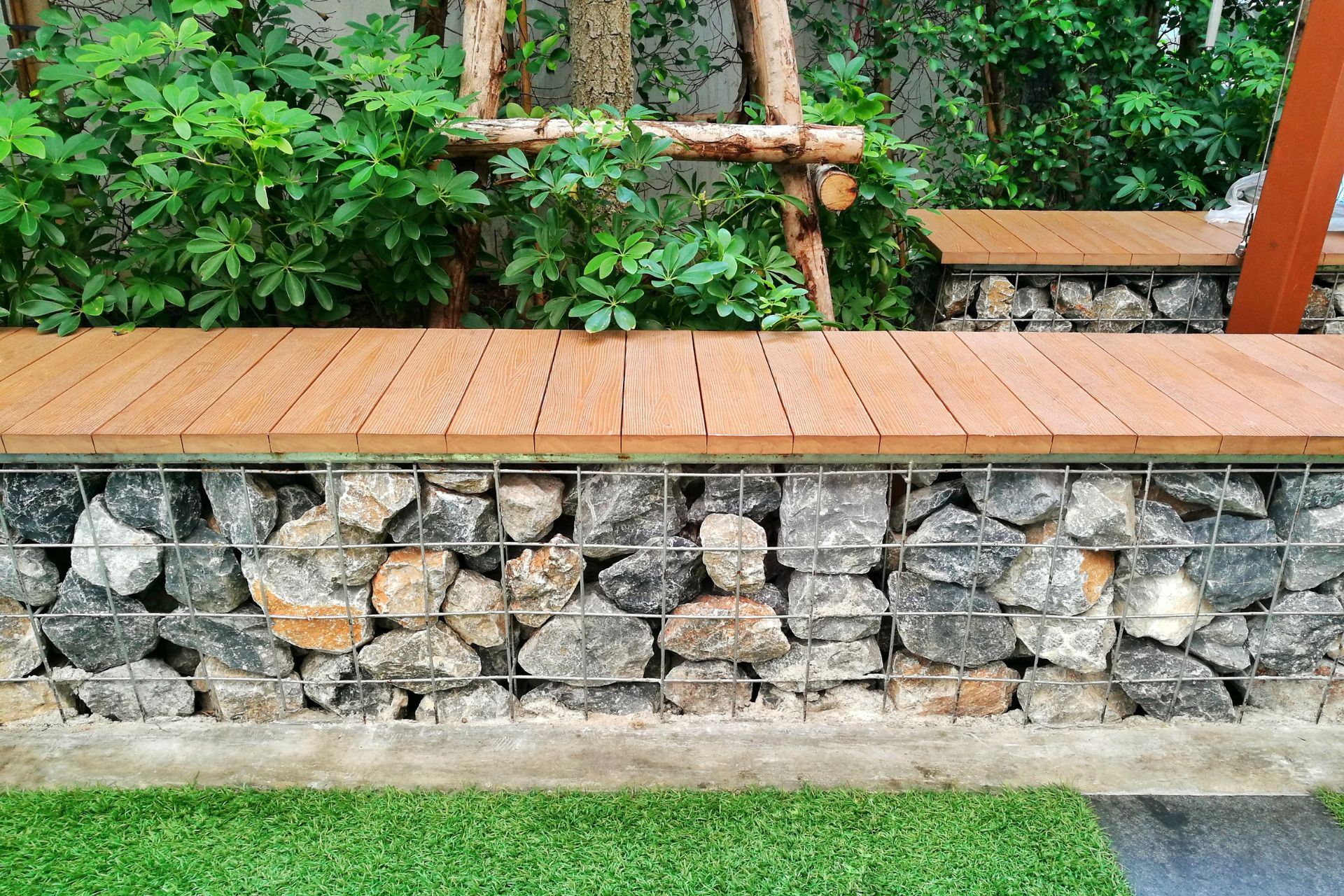
“Designers used them to create backdrops and seating areas, as well as traditional structural dividers,” he says, noting that they “can be filled with locally sourced or recycled materials” to boost their appeal as a sustainable garden idea.
Sign up to our free daily email for the latest royal and entertainment news, interesting opinion, expert advice on styling and beauty trends, and no-nonsense guides to the health and wellness questions you want answered.
“The galvanised steel cage means they’re long-lasting and weather resistant, and, compared to rendered block or stonework, gabion walls can be more affordable, especially on larger projects.”
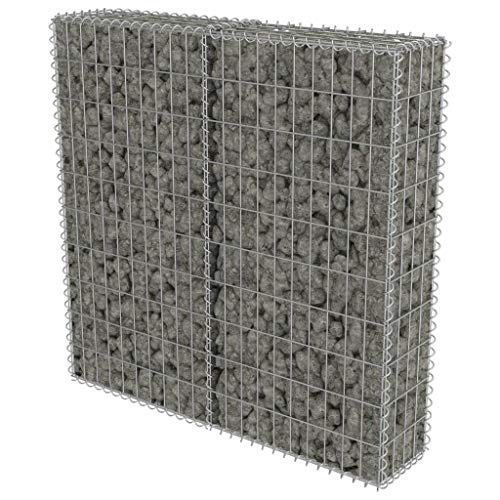
RRP: £37.99 | This galvanised steel mesh grid measures 100 by 20x100 cm. Made to last it's rustproof and weather-resistant.
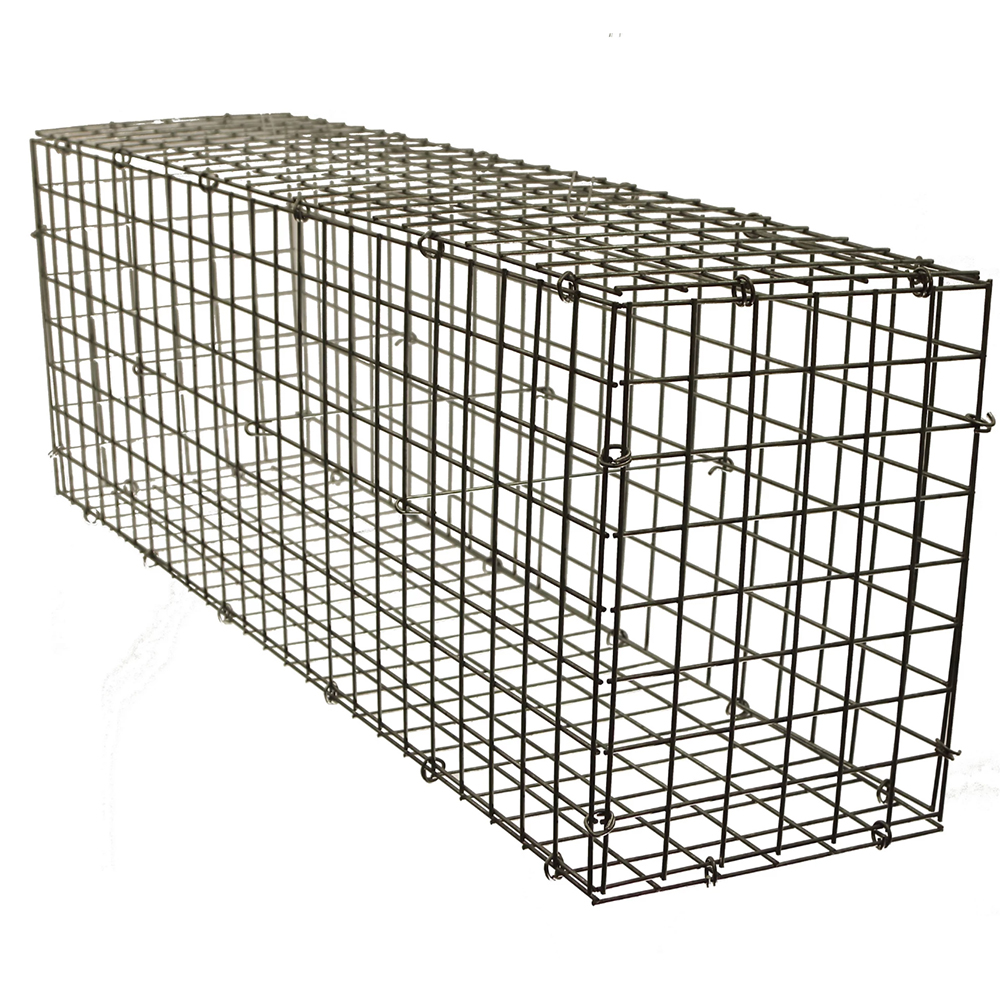
RRP: £45 | Effortless and quick to assemble this 120cm wide stainless steel gabion gage can be used vertically or horizontally.
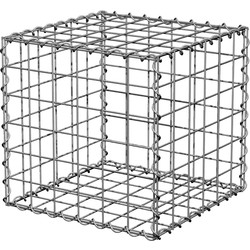
RRP: £21.48 | This compact cube 30cm by 30 cm, offering the perfect way to dip a toe into this on-trend garden boundary idea.
How to make your own gabion wall
As you've likely gathered, gabion walls are easy enough to make yourself – you can even pick up a vidaXL Gabion Basket from Amazon! Once you've got that all-important metal cage in place, though, there are a few things to consider...
1. Choose your fill material carefully
"The visual appeal of a gabion wall comes largely from what’s inside it," explains Steven, who points out that "angular stones like slate, granite or limestone provide clean lines and strong contrast".
These Cotswold chippings or blue slate stones from Crocus should help you on your way. Alternatively, Steven says you could try filling yours with "mixed materials like logs, terracotta shards, or even bottles for a softer or more eclectic look".
"Make sure you layer your larger stones against the outer mesh with smaller fill inside, as this can create a more refined look and reduce movement over time," he adds, noting that you can save money by using rubble bags to fill the back of the gabions that are not on show and save the decorative stones for the outer edges.
2. Ensure proper foundation
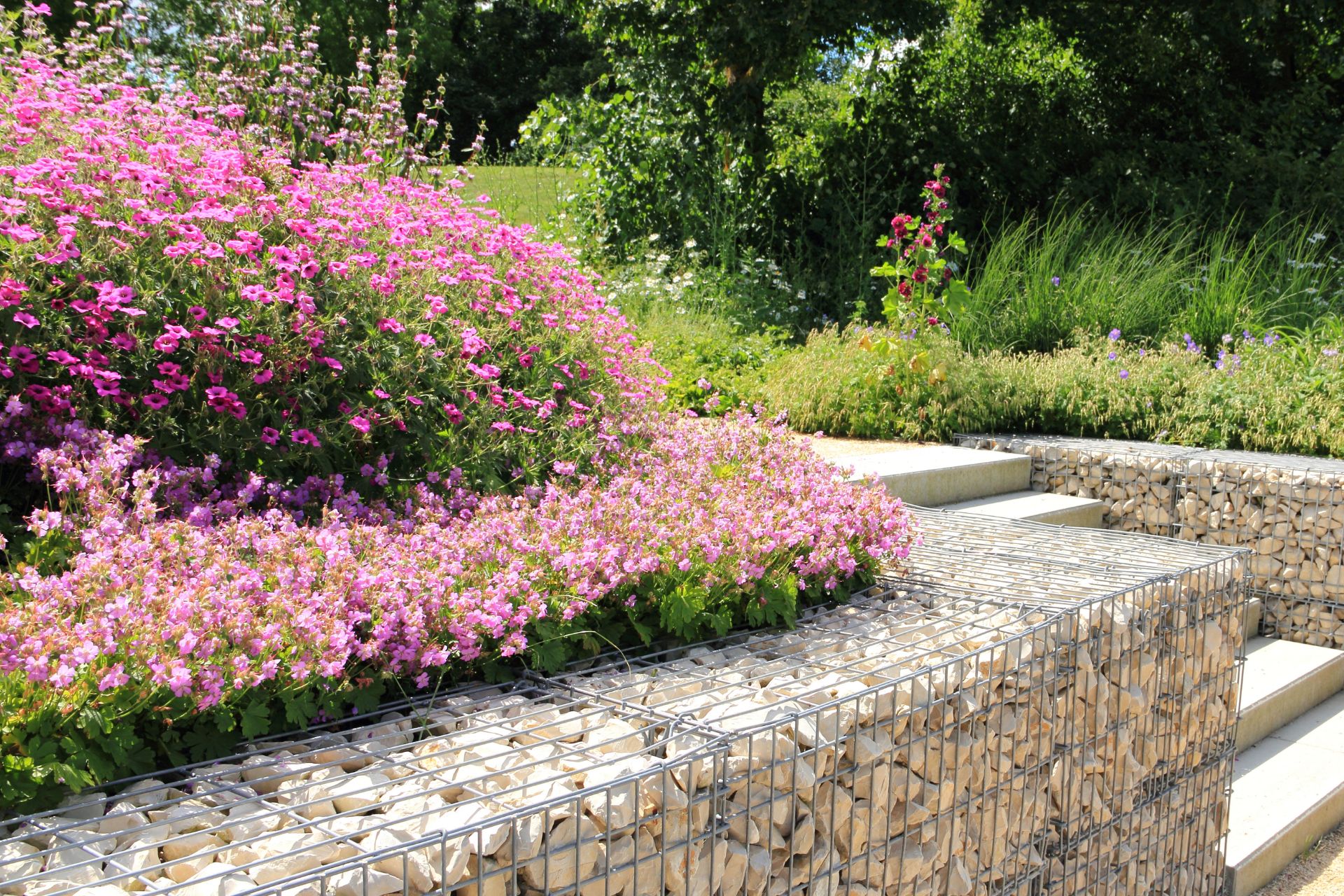
Gabion walls might be sturdy, and they might not need a concrete foundation, but they still need a good, solid base to sit upon, especially if you're going for height.
"You want a level, well-compacted base," says Steven, who points out that "professional guidance is recommended to ensure structural integrity".
3. Think beyond walls
As Steven has already stressed, gabion walls aren’t just for retaining or dividing, so be sure to think outside the box with yours.
“They make excellent benches, fire pits, planters, or even water features and small ponds,” he offers up as inspiration.
“Their modularity means they can be customised to fit any space creatively.”
FAQs
What are the disadvantages of a gabion wall?
There are some disadvantages to gabion walls, particularly when it comes to wear and tear. Be sure, then, to “opt for galvanised or PVC-coated wire mesh to prevent rusting, especially in damp UK conditions,” says Steven Bell of Paving Shopper.
“Thicker gauge mesh will also hold shape better under pressure,” he adds.
What is the life expectancy of a gabion wall?
While it's difficult to determine the exact life expectancy of a gabion wall, you can rest assured that they will be there for a while (most experts predict they'll stick around for anywhere between 10 and 75 years).
As such, they're definitely a brilliant investment – especially as they're cheaper to install than a retaining wall.
Both practical and pretty, gabion walls are everything we want from a garden trend and more. Just be sure to fill yours properly (it'll keep it from weakening over time) and pop it somewhere that everyone can admire it.

Kayleigh Dray is an experienced writer and editor within the world of digital journalism. She kicked off her career in magazines with Cosmopolitan as a news writer. Kayleigh then went on to become part of the digital editorial team at Closer, before a successful seven-year stint at Stylist, where she took command as the site’s editor and editor-at-large.
Nowadays, Kayleigh can be found freelancing for a myriad of titles including Woman & Home, along with a role at Ideal Home where she waxes lyrical about her true love: gardening. She is currently giving her own backyard a woodland-inspired makeover – and there have been whispers of a vegetable plot, too.
You must confirm your public display name before commenting
Please logout and then login again, you will then be prompted to enter your display name.